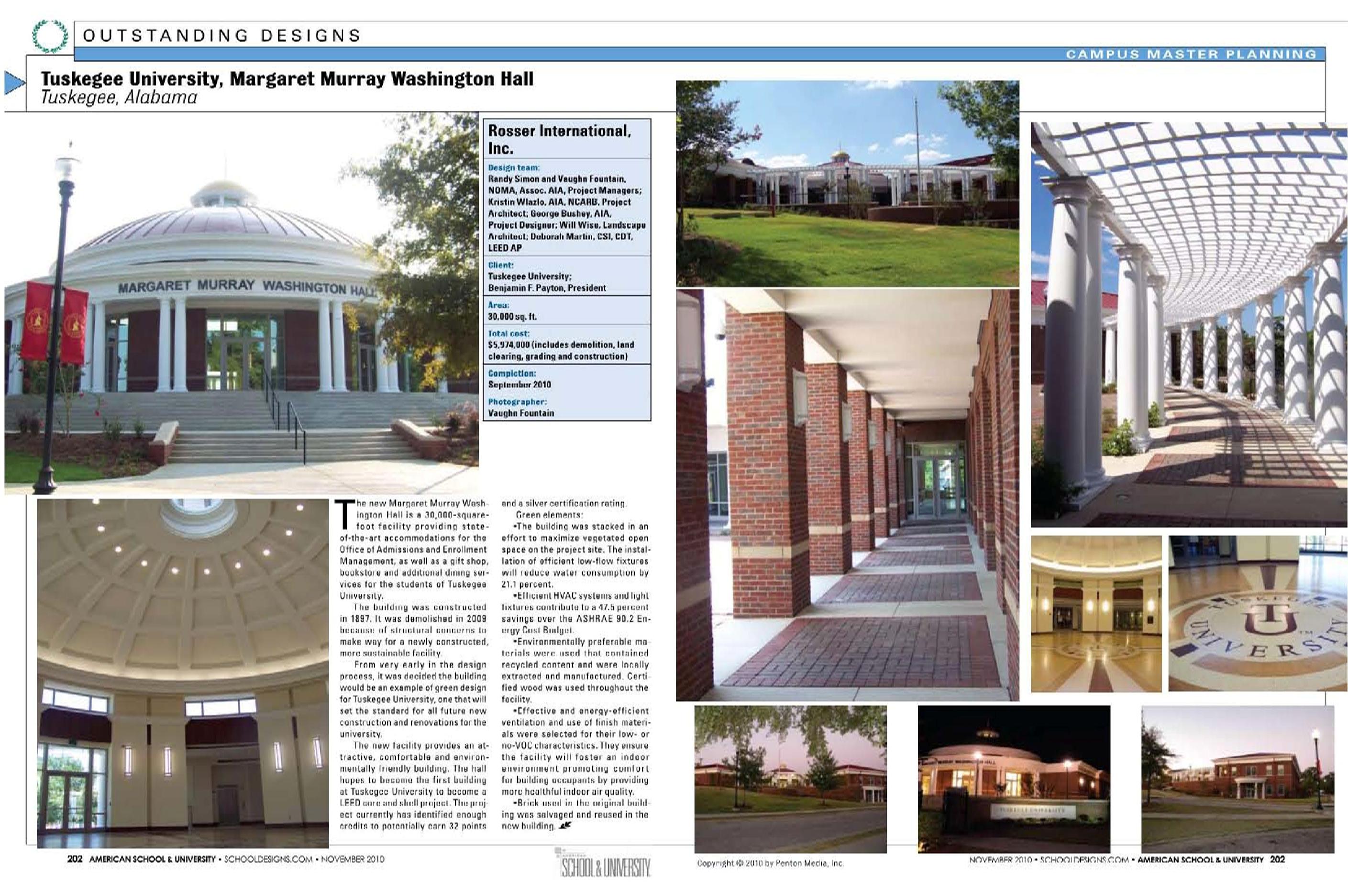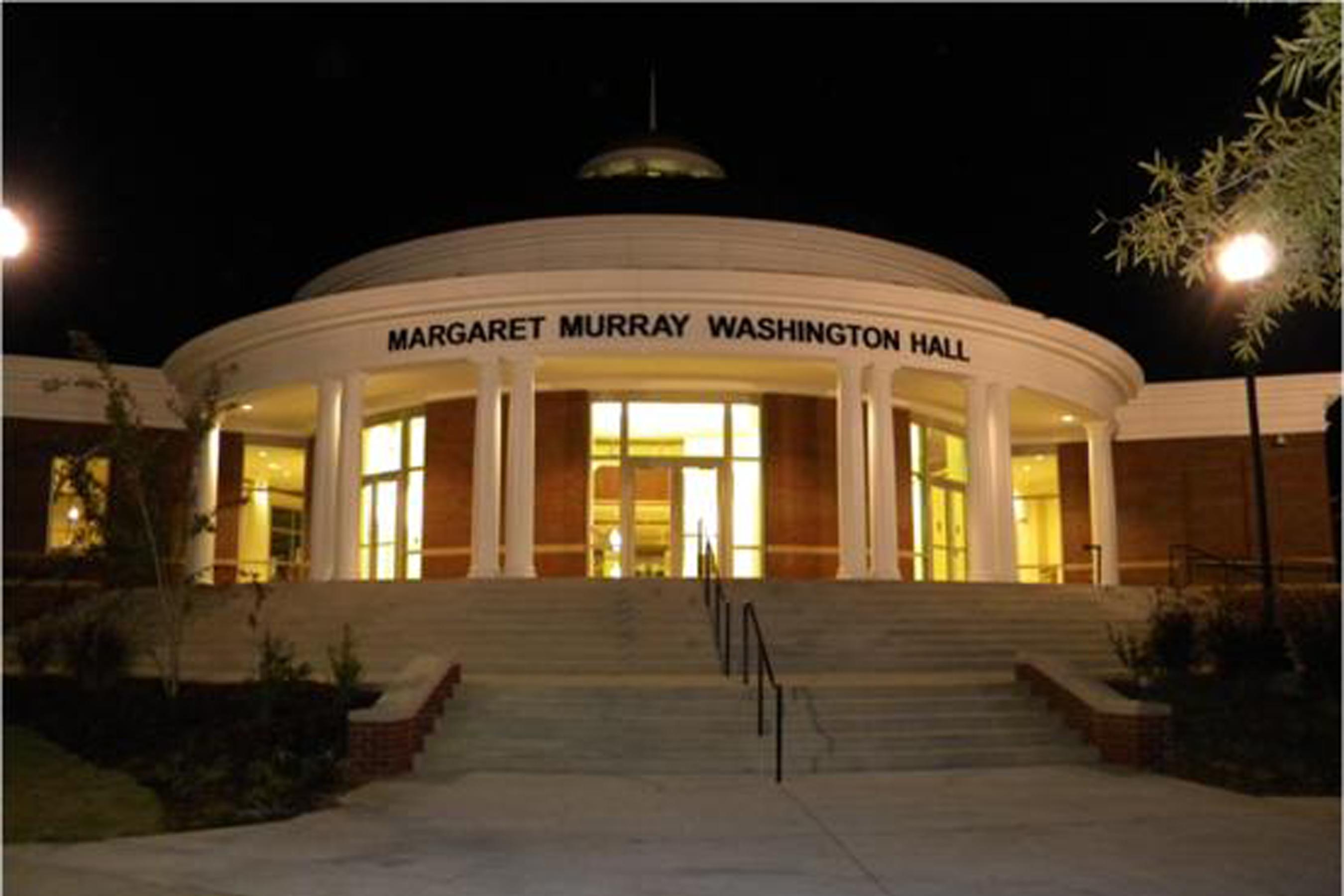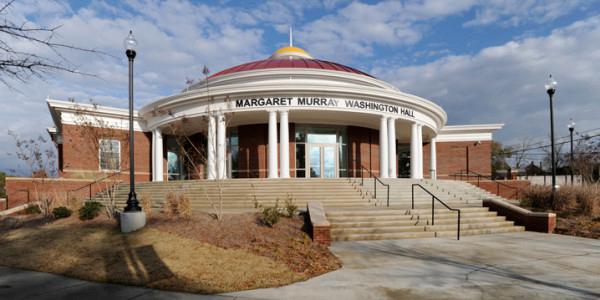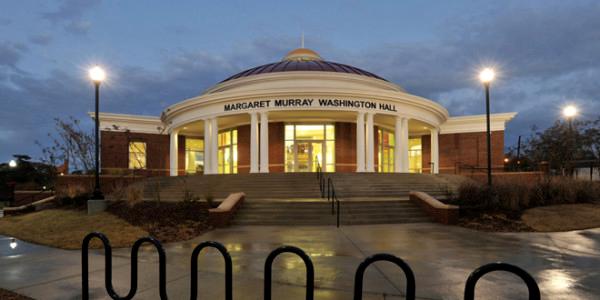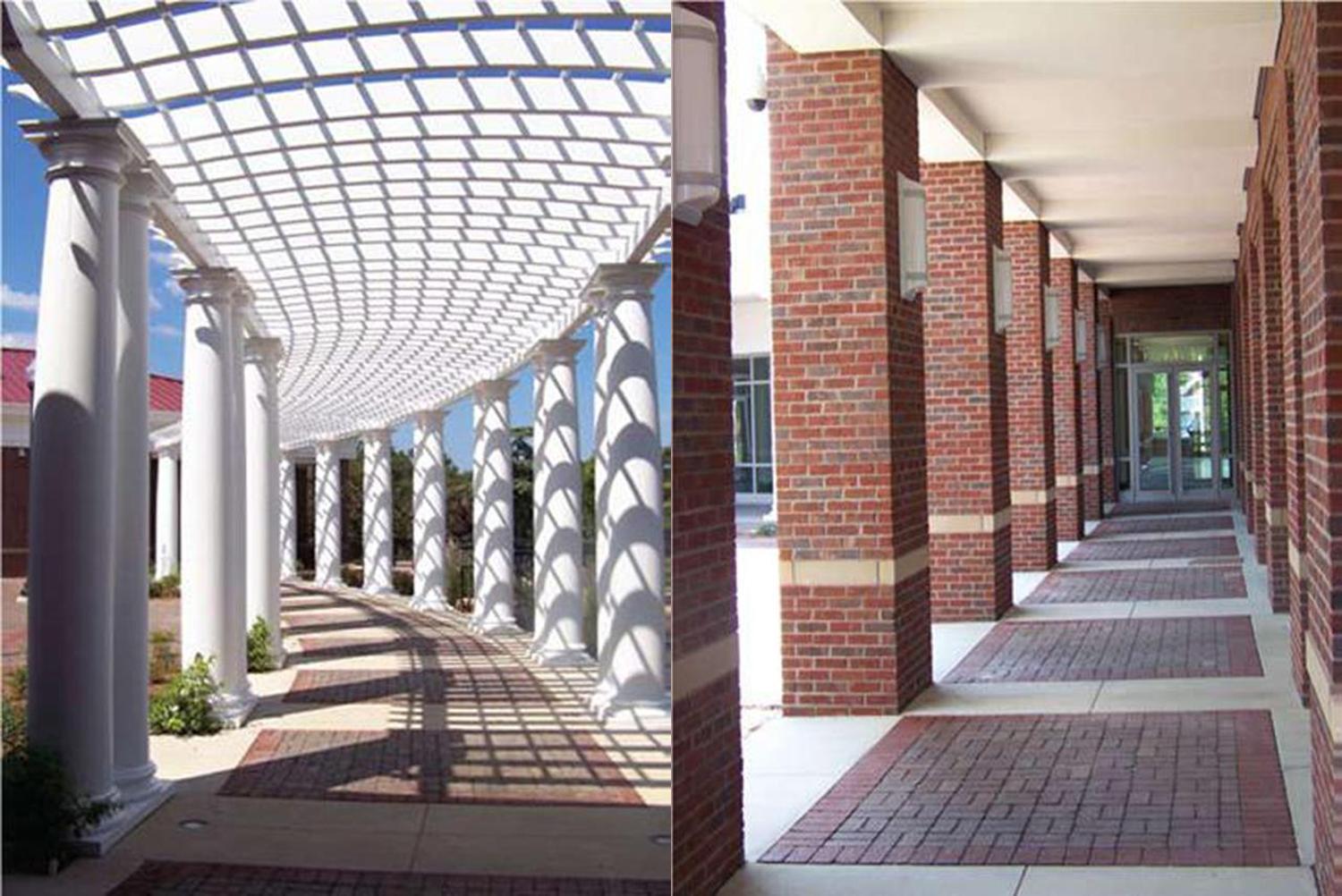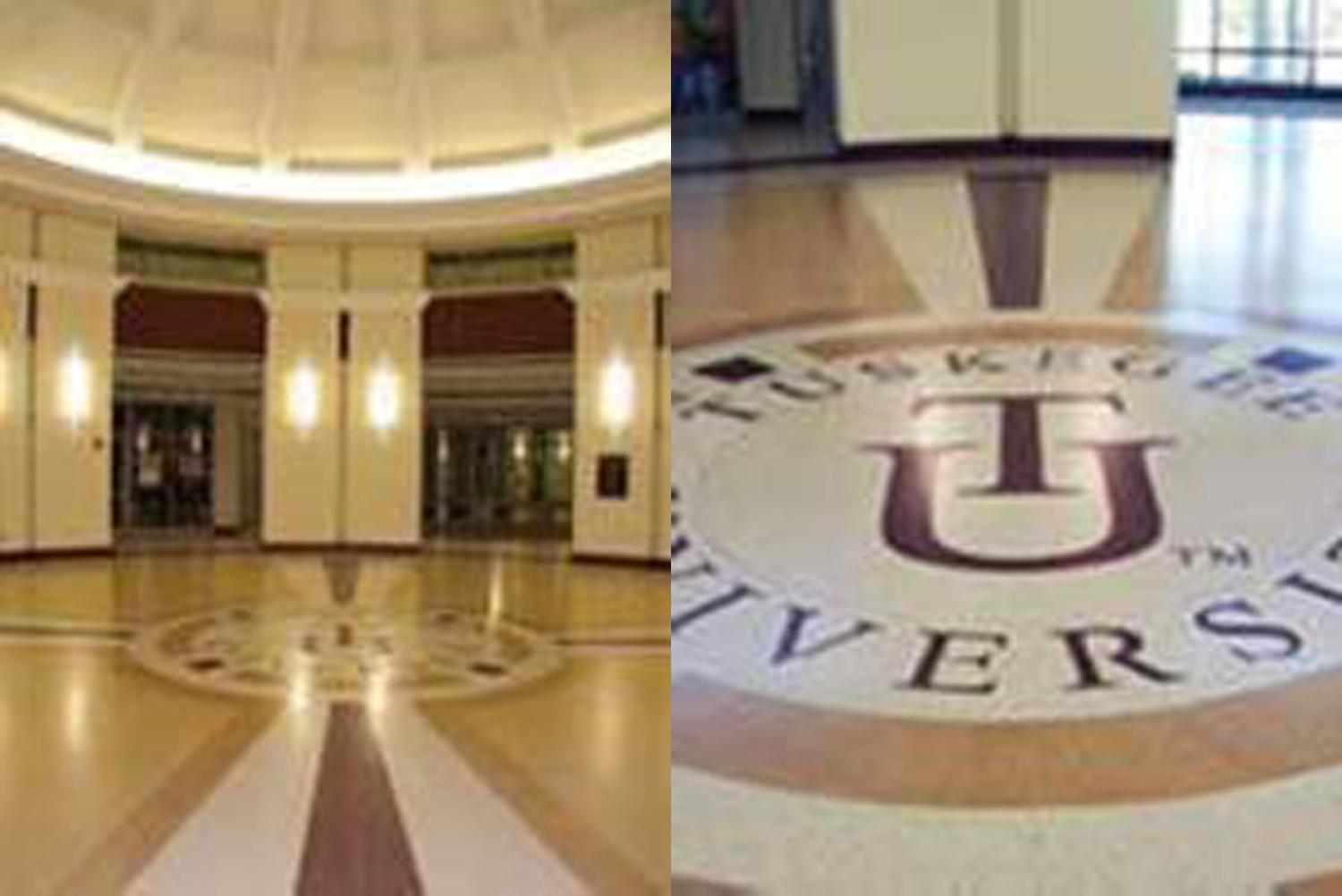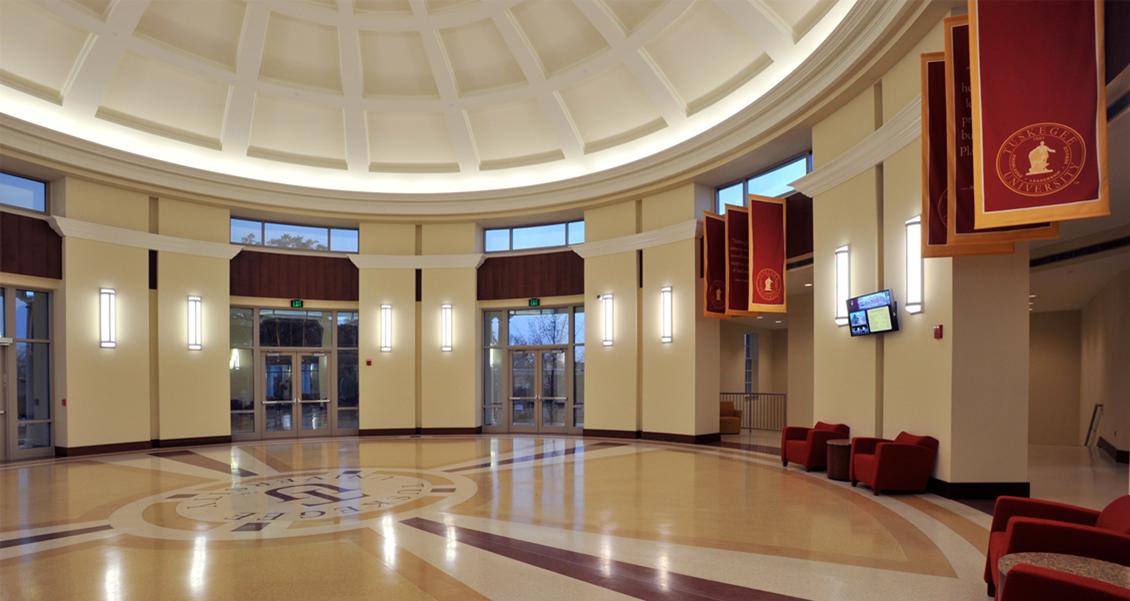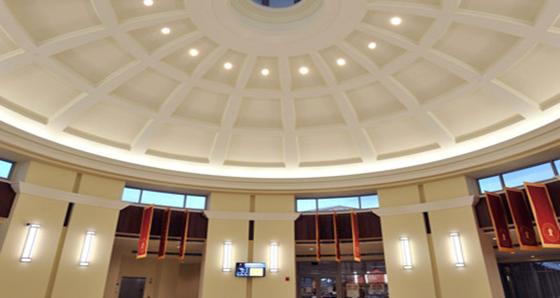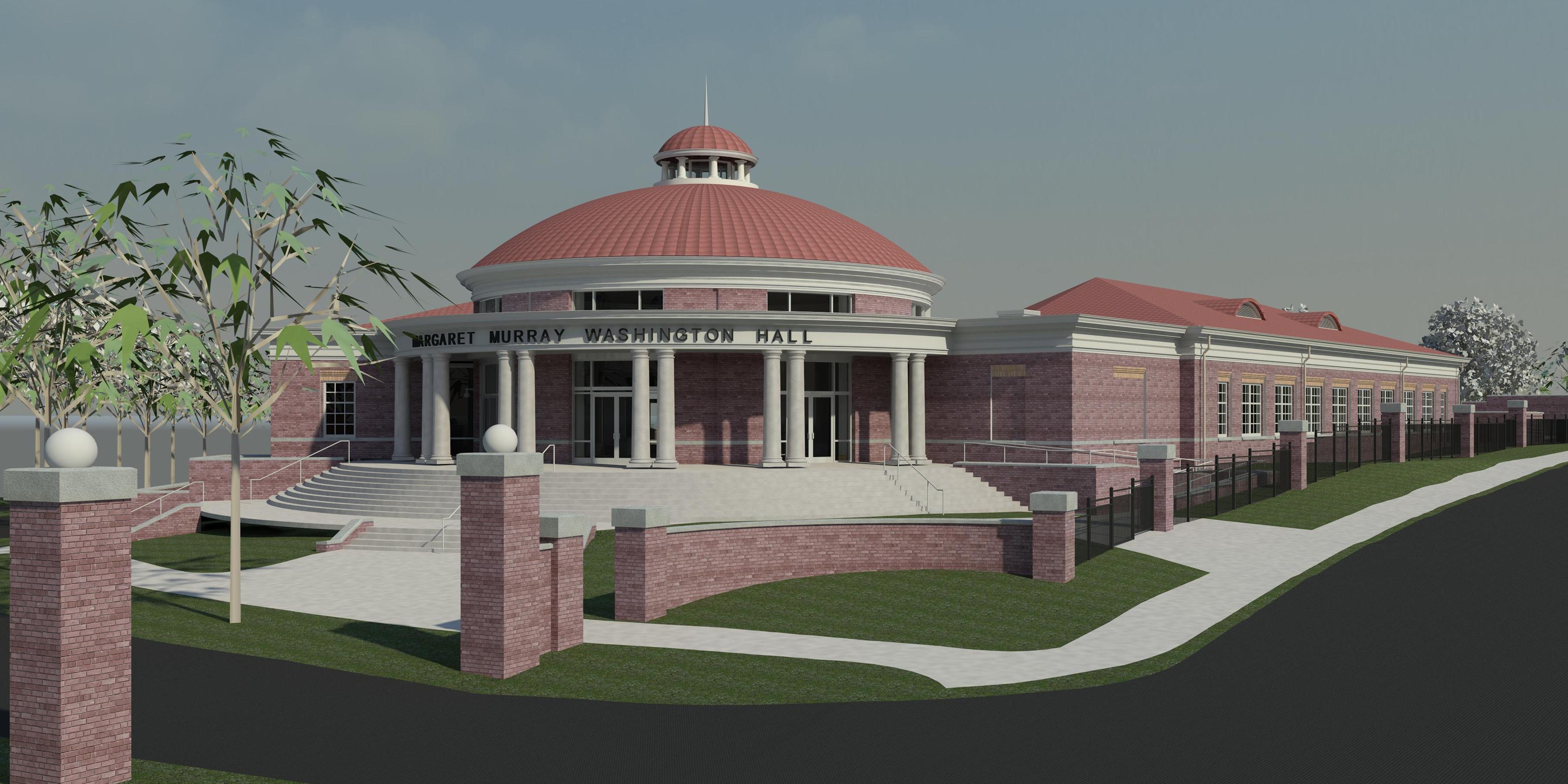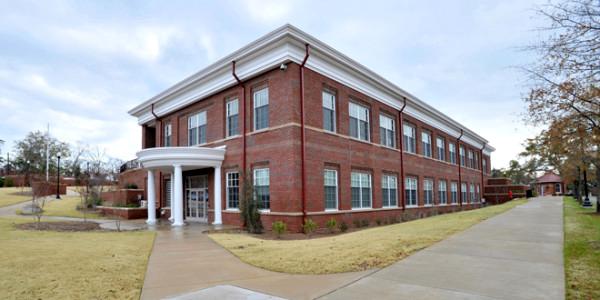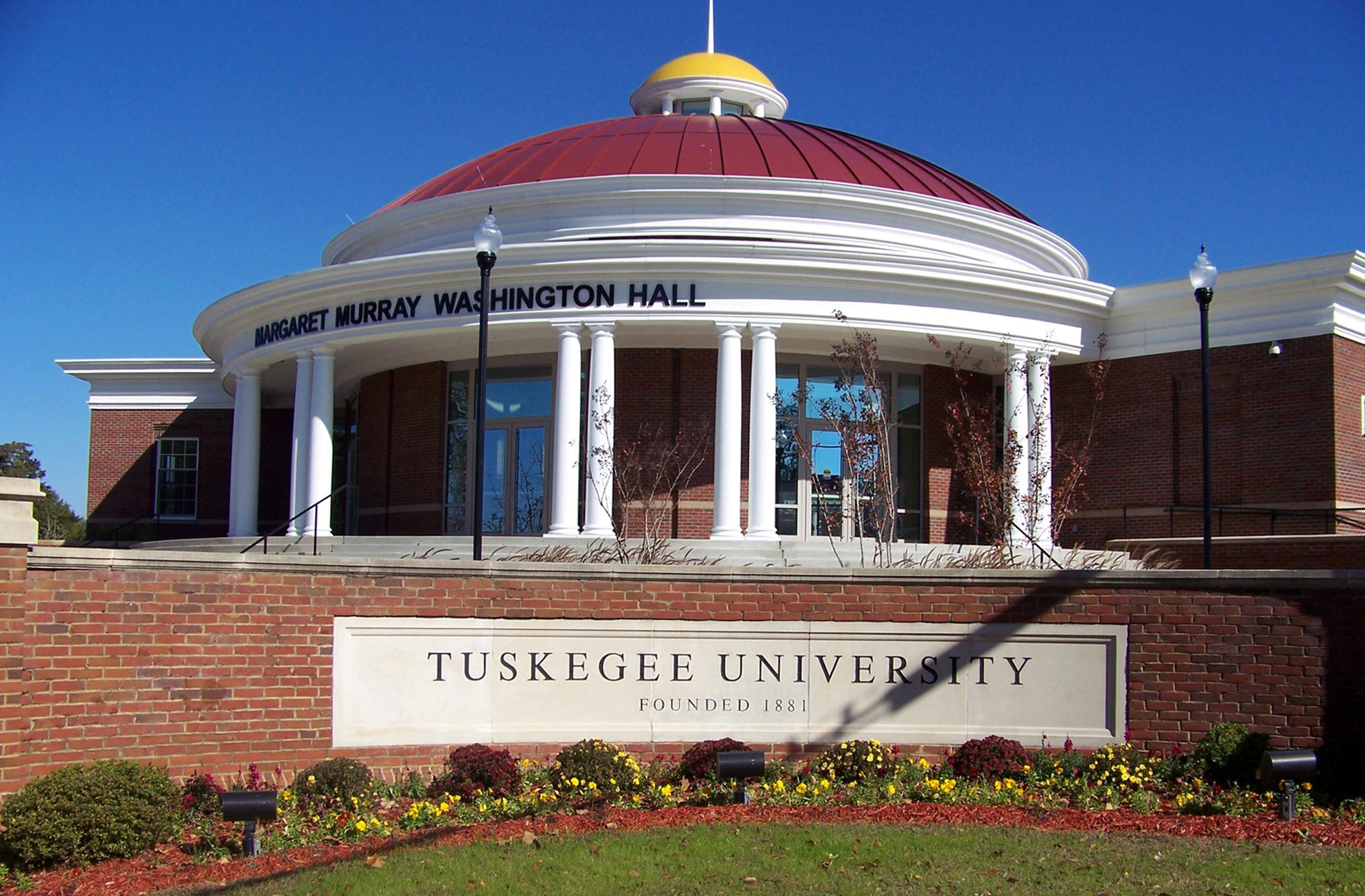
Margaret Murray Washington Hall
PROJECT SITE
Margaret Murray Washington Hall
Tuskegee University
Tuskegee, Alabama
POSITION
Project Architect / BIM Manager
FIRM
Rosser International, INC.
PROJECT STATISTICS
Cost Of Construction = $5.9 MILLION
Area = 30,000 SF
AWARDS
• 2010 Outstanding Design Award: American School and University Campus Master Planning
• USGBC: LEED Gold Certificate
DESCRIPTION
The award winning new Margaret Murray Washington Hall is a 30,000 SF facility providing state-of-the-art accommodations for the Office of Admissions and Enrollment Management. Inside also resides the campus bookstore, additional dining services for the students of Tuskegee University as well as a gift shop for alumni, visitors, and students a like.
The original building was constructed in 1897 and was demolished in 2009 due to its lack of structural integrity and to make way for this newly constructed, sustainable facility.
From very early in the design process, it was decided the building would be an example of green design for Tuskegee University, one that will set the standard for all future new construction and renovations for the university.
The new facility provides an attractive, comfortable and environmentally friendly building. The hall hopes to become the first building at Tuskegee University to become a LEED core and shell project. The project currently has identified enough credits to potentially earn 32 points and a silver certification rating.
Green elements include:
- The building was stacked in an effort to maximize vegetated open space on the project site. The installation of efficient low-flow fixtures will reduce water consumption by 21.1 percent.
- Efficient HVAC systems and light fixtures contribute to a 47.5 percent savings over the ASHRAE 90.2.
- Effective and energy-efficient ventilation and use of finish materials were selected for their low – or – no -VOC characteristics. They ensure the facility will foster an indoor environment promoting comfort for building occupants by providing more healthful indoor air quality.
- Environmentally preferable materials were used that contained recycled content and were locally extracted and manufactured. Certified wood was used throughout the facility.
- Brick used in the original building was salvaged and reused in the new building.

